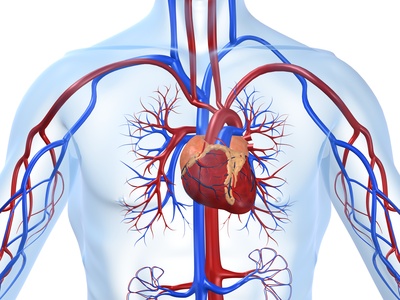Risk factors for pulmonary embolism (PE) among patients with the new coronavirus are different from those traditionally observed.

A French study recently published in Eur Heart J showed those new risk factors, and also that the risk of PE is reduced by the use of anticoagulant agents, just like in patients with conventional risk factors.
Initial reports had highlighted the increased incidence of PE among COVID-19 patients, but no consensus was reached regarding how and when anticoagulation should be indicated and at what dose.
This study suggests that anticoagulation therapy with a therapeutic dose administered before admission or anticoagulation therapy with a prophylactic dose during hospitalization could reduce the incidence of PE in accordance with the guidelines.
The study included 1240 patients hospitalized for COVID-19 among 24 French centers between February and April 2020. Overall, 103 (8.3%) subjects were diagnosed with PE by computed tomography pulmonary angiography.
Read also: Virtual ACC 2020 | CARAVAGGIO: Apixaban in Venous Thromboembolism Associated to Cancer.
Those with PE required intensive care (31.1% vs 13.5%) and mechanical ventilation (24.3% vs 7.3%) more frequently than patients without such complication (p < 0.001 for both).
No surprises here, so far. What is interesting is that the incidence of PE did not affect the risk of mortality (p = 0.038).
Patients who received anticoagulation before admission (regardless of the clinical indication or regime) or anticoagulation with a prophylactic dose introduced during hospitalization were at a lower risk for PE.
Read also: Catheter-directed thrombolysis for pulmonary embolism: a safe technique.
In a multivariate analysis, traditional risk factors such as age, history of cancer, history of thromboembolic disease, smoking, and obesity were not associated with PE incidence, nor were cardiovascular comorbidities like diabetes, hypertension, chronic heart failure, or coronary artery disease (p > 0.05 for all).
However, male sex, duration of hospital stay, and biomarker evidence of systemic inflammation actually were independent predictors of PE.
The risk for bleeding remains unclear, but this information seems to be enough to indicate antithrombotic prophylaxis for patients admitted with COVID-19, regardless of their risk factors.
Original title: Pulmonary Embolism in COVID-19 Patients: A French Multicentre Cohort Study.
Reference: Fauvel C. et al. Eur Heart J. 2020; Epub ahead of print.
Get the latest scientific articles on interventional cardiologySubscribe to our weekly newsletter
We are interested in your opinion. Please, leave your comments, thoughts, questions, etc., below. They will be most welcome.





